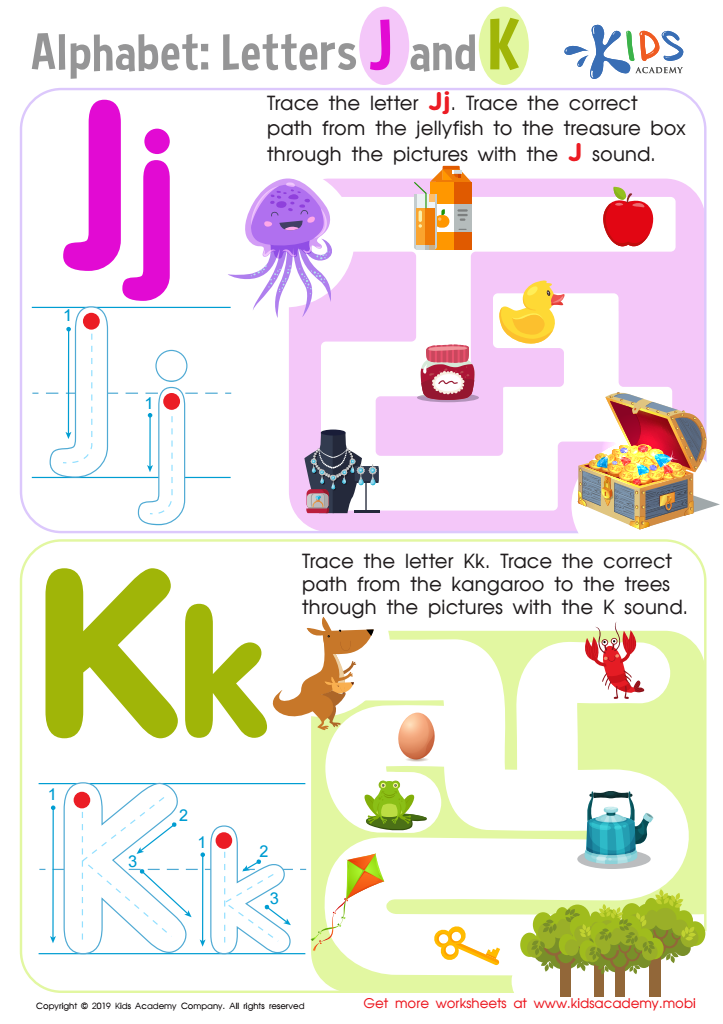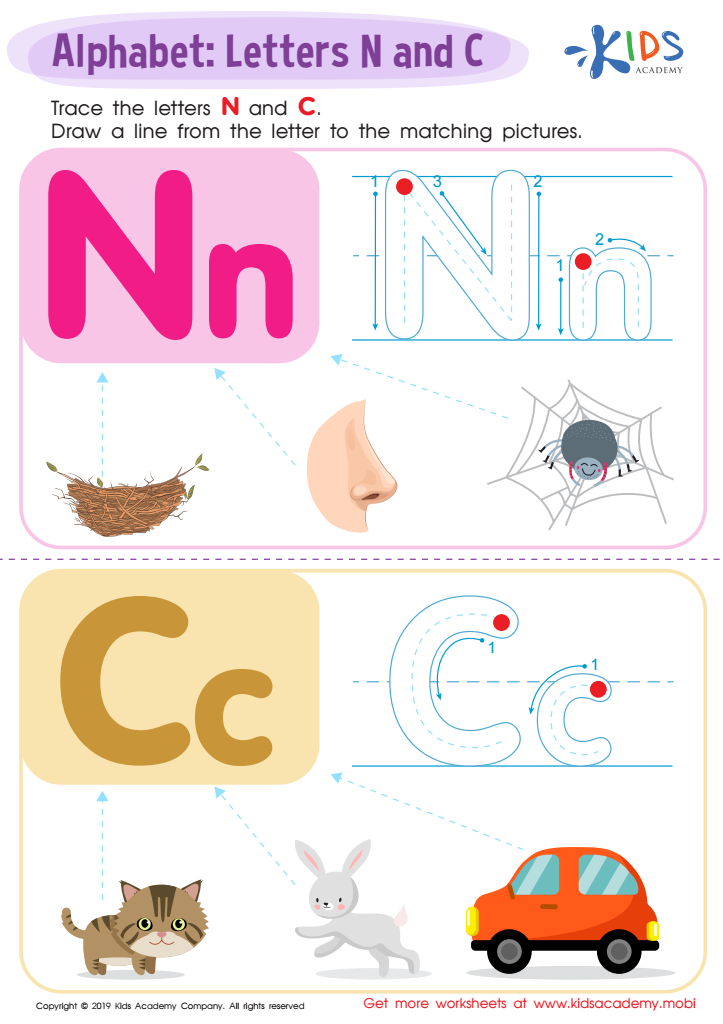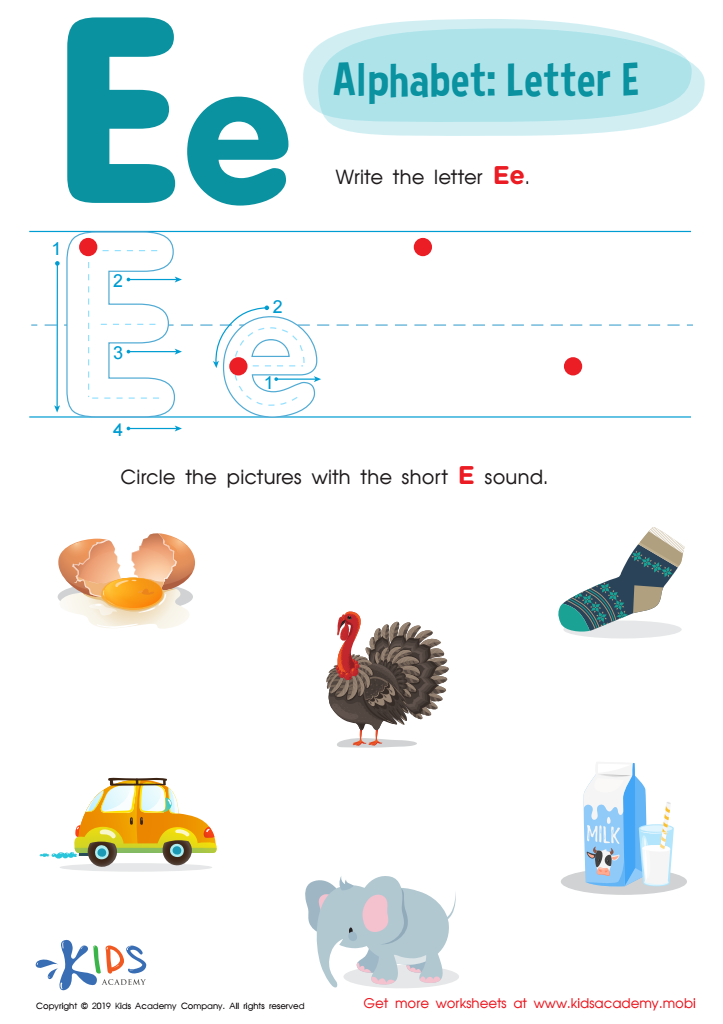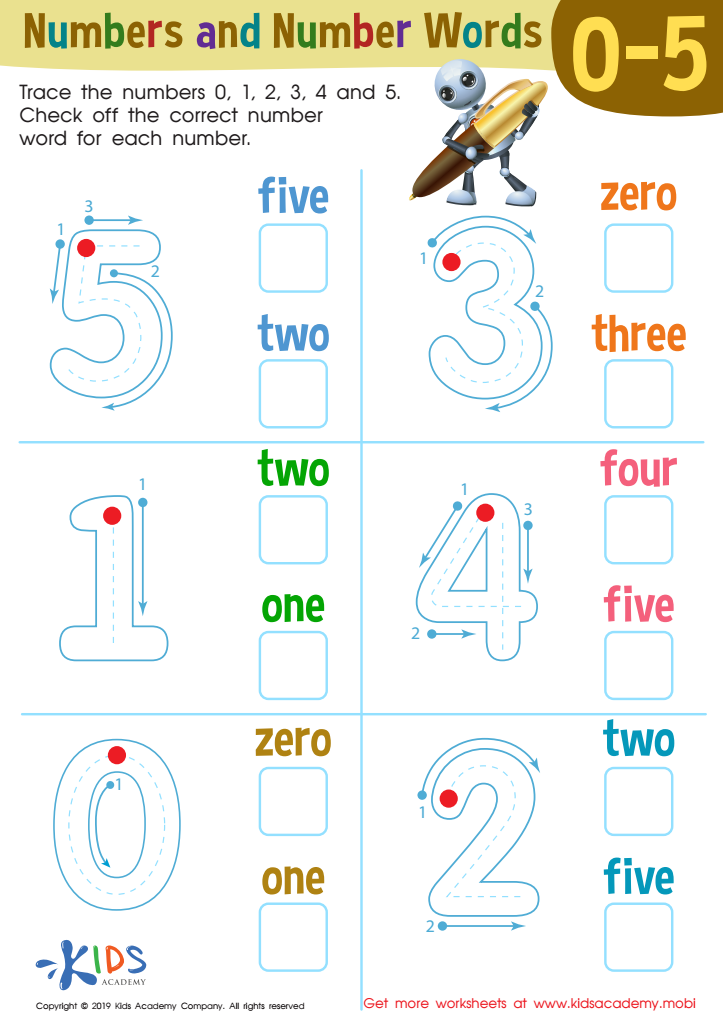Tracing worksheets activities for 7-Year-Olds
91 filtered results
-
From - To


Matching 2D and 3D Shapes Worksheet


Trace and Draw More Shapes Worksheet


Letter Y Tracing Worksheet


Letters X and Q Tracing Worksheet


Letters W and Z Tracing Worksheet


Letter U Tracing Worksheet


Letter O Tracing Worksheet


Letters J and K Tracing Worksheet


Letters H and V Tracing Worksheet


Letter I Tracing Worksheet


Letter D and G Tracing Worksheet


Letters B and F Tracing Worksheet


Letter N and C Tracing Worksheet


Letter L and P Tracing Worksheet


Letter E Tracing Worksheet


Letter A Tracing Worksheet


Letters T and R Worksheet


Letters M and S Tracing Worksheet


Frame it Up Worksheet


Trace The Circles Worksheet


Tracing Fun Worksheet


Numbers and Number Words 6–1 Worksheet


Numbers and Number Words Worksheet


White Tracing Color Words Worksheet
Tracing worksheets activities are a cornerstone in foundational learning and development, especially for young learners. These activities serve a multitude of purposes, from enhancing fine motor skills to improving handwriting and encouraging learning in an engaging and enjoyable manner. Here's a deeper look into why tracing worksheets activities are so beneficial.
Firstly, tracing worksheets activities are instrumental in honing fine motor skills. As children trace lines, shapes, letters, or numbers, they develop control over their hand movements and strengthen the small muscles in their hands and fingers. This fine motor skill development is crucial for tasks that require hand-eye coordination, such as writing, cutting with scissors, and even tying shoelaces.
Moreover, tracing worksheets activities lay the groundwork for good handwriting. By following structured patterns, children learn to form letters and numbers correctly, leading to legible and neat handwriting. This practice not only aids in academic success but also boosts the child's confidence in their writing abilities.
Additionally, these activities can be incredibly versatile, making learning fun and engaging. Whether it's tracing over dotted lines to form a letter or following a path through a maze to develop pre-writing skills, tracing worksheets can be tailored to meet the educational needs of any child. This versatility ensures that learning remains exciting, capturing the child's attention and fostering a love for learning.
Furthermore, tracing worksheets activities can serve as a stepping stone for further learning. As children master tracing, they are better prepared to tackle more challenging tasks, such as drawing or writing without guidance. This progression builds a strong foundation for academic success in subjects such as mathematics and language arts.
In summary, tracing worksheets activities are invaluable tools in early childhood education. They not only support the development of fine motor skills and handwriting but also make learning enjoyable and pave the way for future academic achievements. By incorporating these activities into a child's learning routine, parents and educators can significantly contribute to their overall development and readiness for school.
 Assign to My Students
Assign to My Students







.jpg)
.jpg)


.jpg)











